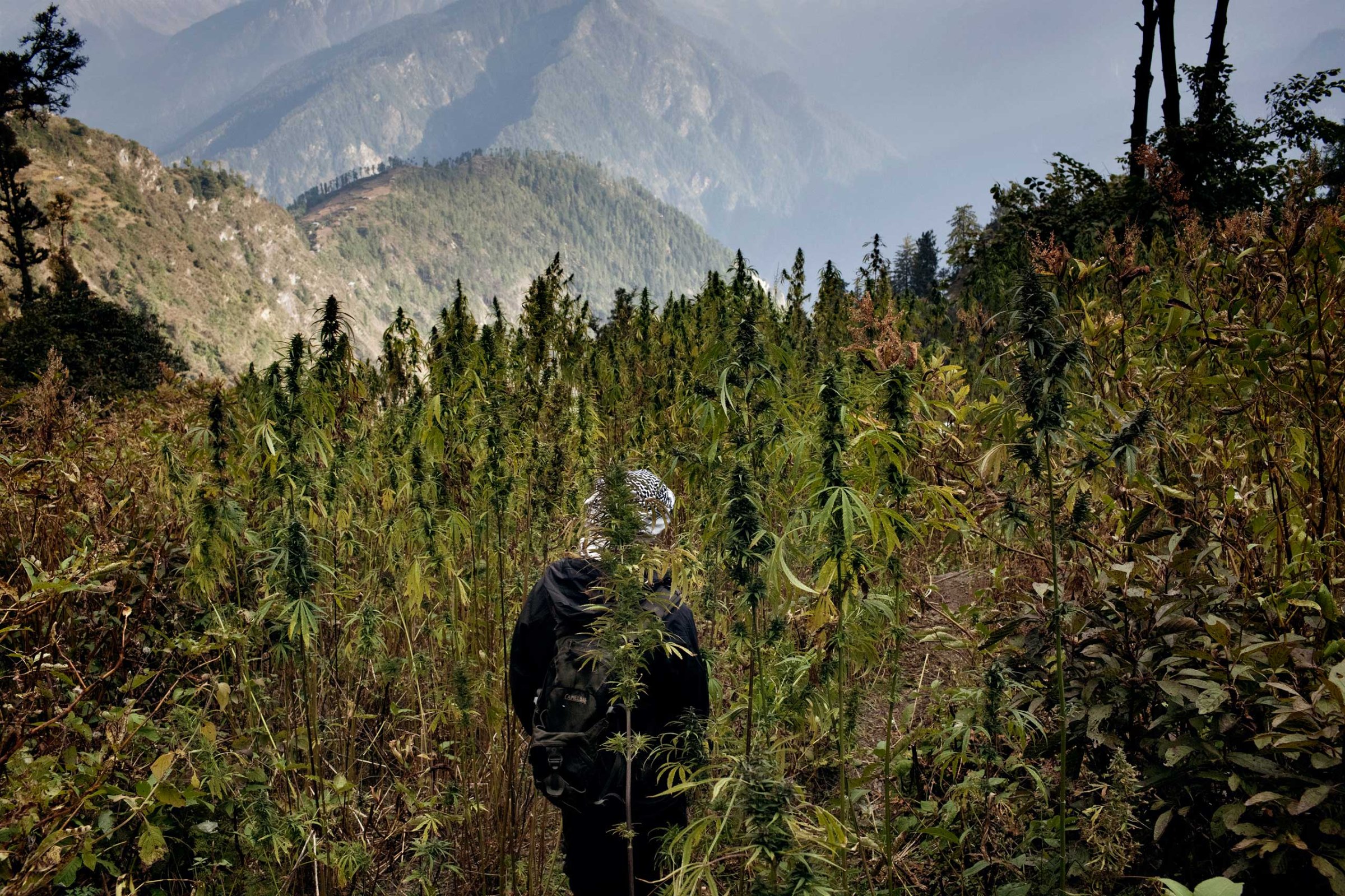
Nestled in the Himalayan foothills at an altitude of 10,000 ft. (3,000 m), entire villages and communities subsist on illegal marijuana production. These villages are far from any paved roads and are so remote that distances are measured in hours of walking.
Across thousands of acres of public and private land, villagers grow cannabis which is then turned into a high-quality resin know as charas. “On the global market, charas is sold as a high quality hashish,” says Italian photographer Andrea de Franciscis, who has been documenting these communities for the past three years. “The farmers who produce the costly resin get very little in return and struggle to survive against always tougher legislation.”
De Franciscis has chosen an anthropological angle to photograph these villagers, with the goal of producing a complete story that also focusses on culture and tradition. “Life is challenging in the mountain,“ he tells TIME. “Women work as much as men, and the feeling is that it’s rather a matriarchal society.”
Cannabis has deep roots in Indian society dating back to as early as 2,000 BCE within the Hindu scriptures. However, since the drug was outlawed in India in 1985 there has been pressure on a national and global scale to curb the cannabis production in the Himalayan valley. But, says de Franciscis, this has only “led to an increase of the price [of charas] on the global market, and has actually worsened the situation of the villagers whom have no real alternative for their livelihood.”
Andrea de Franciscis is a photojournalist based in India and Italy. Follow him on Instagram
Adam Glanzman is a contributor to TIME LightBox. Follow him on Twitter and Instagram
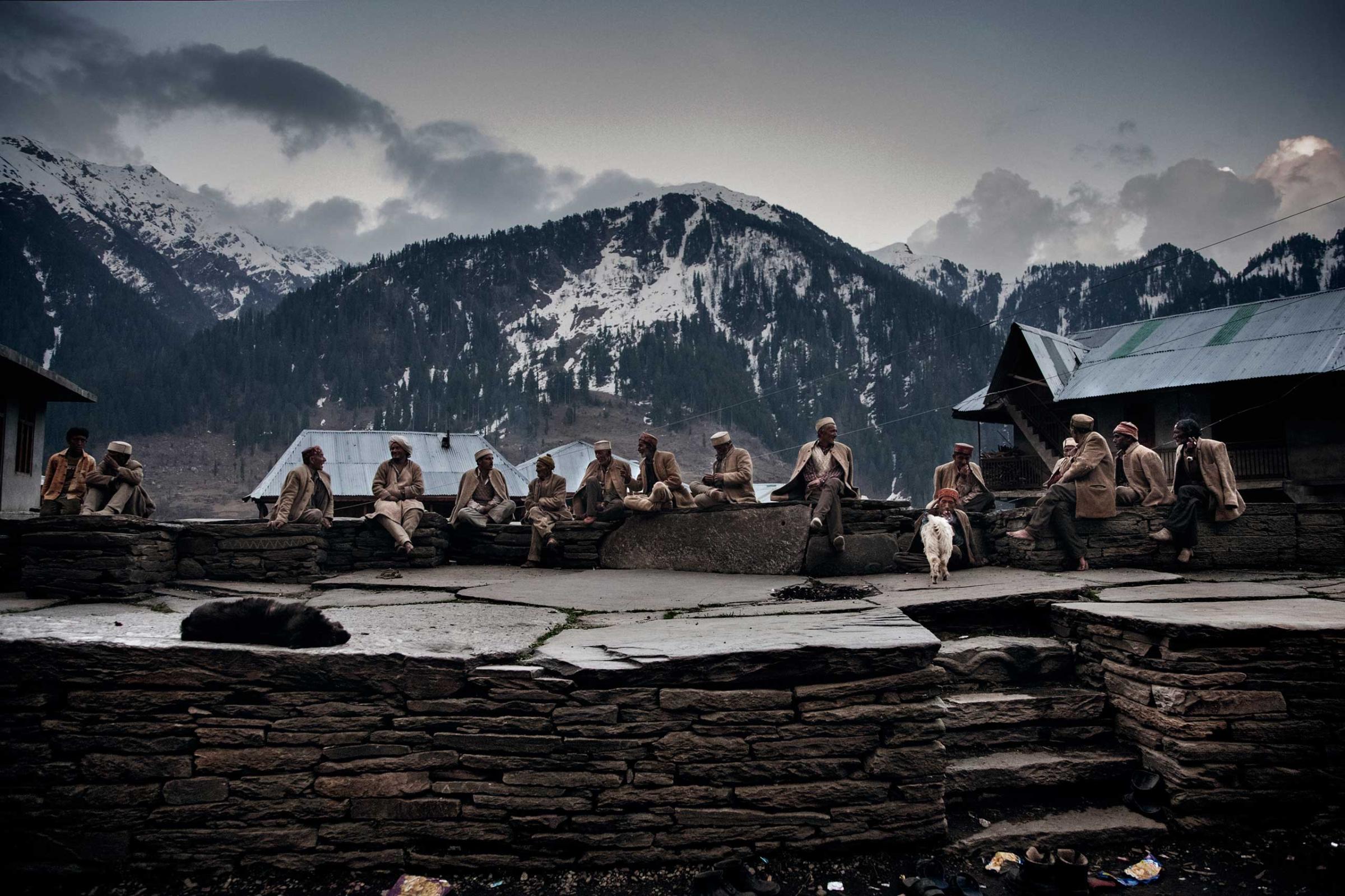
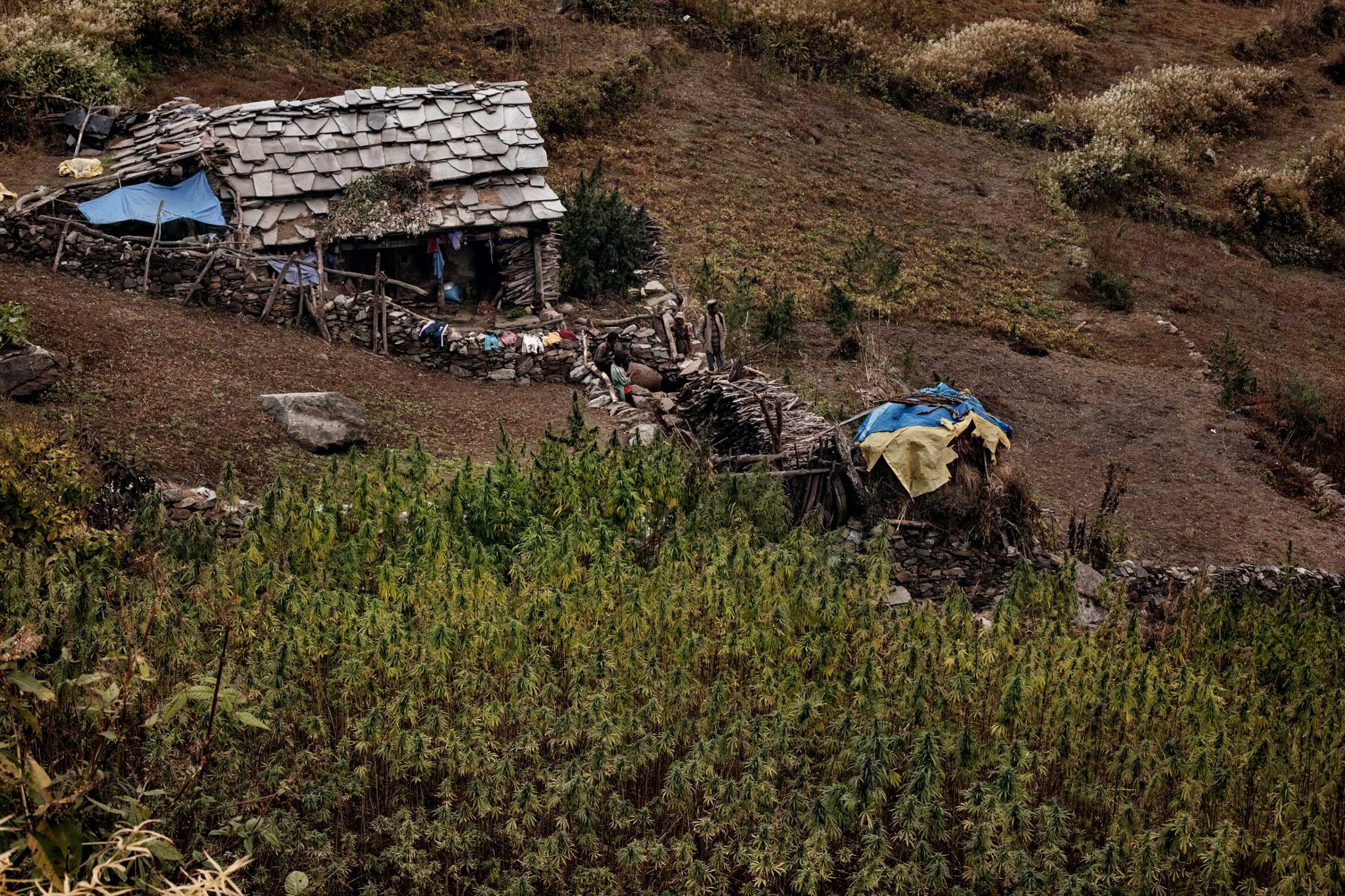
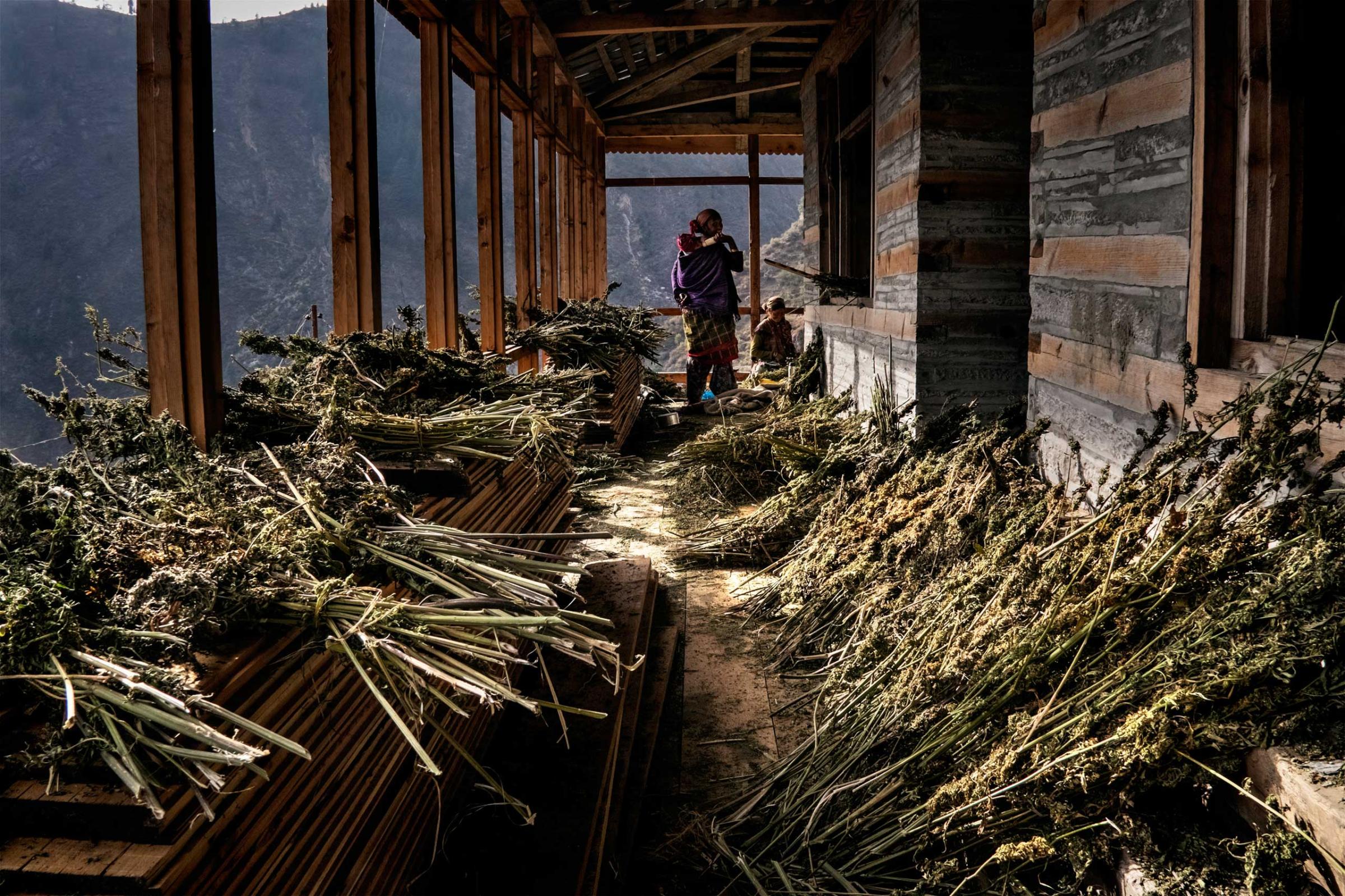
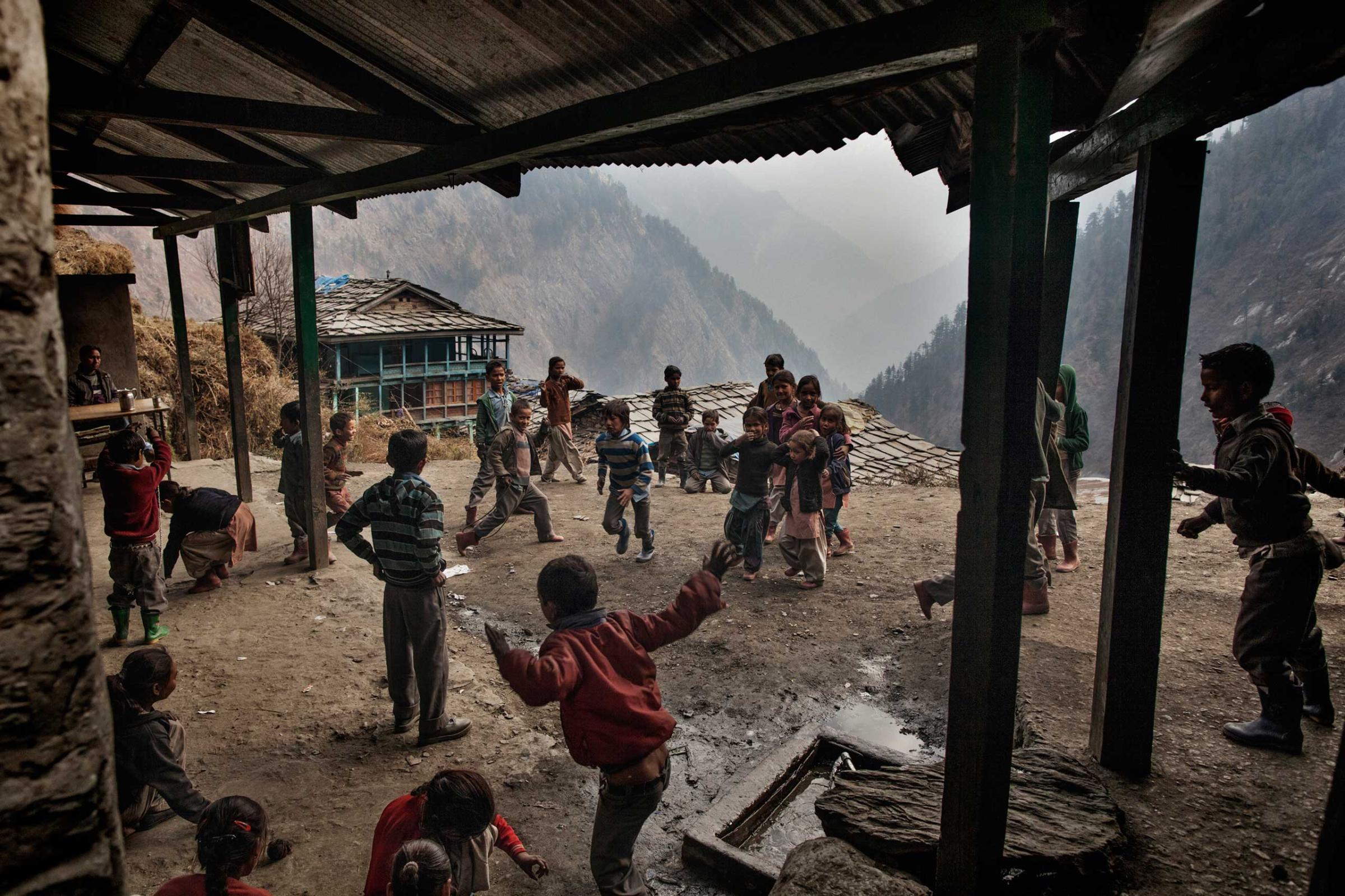


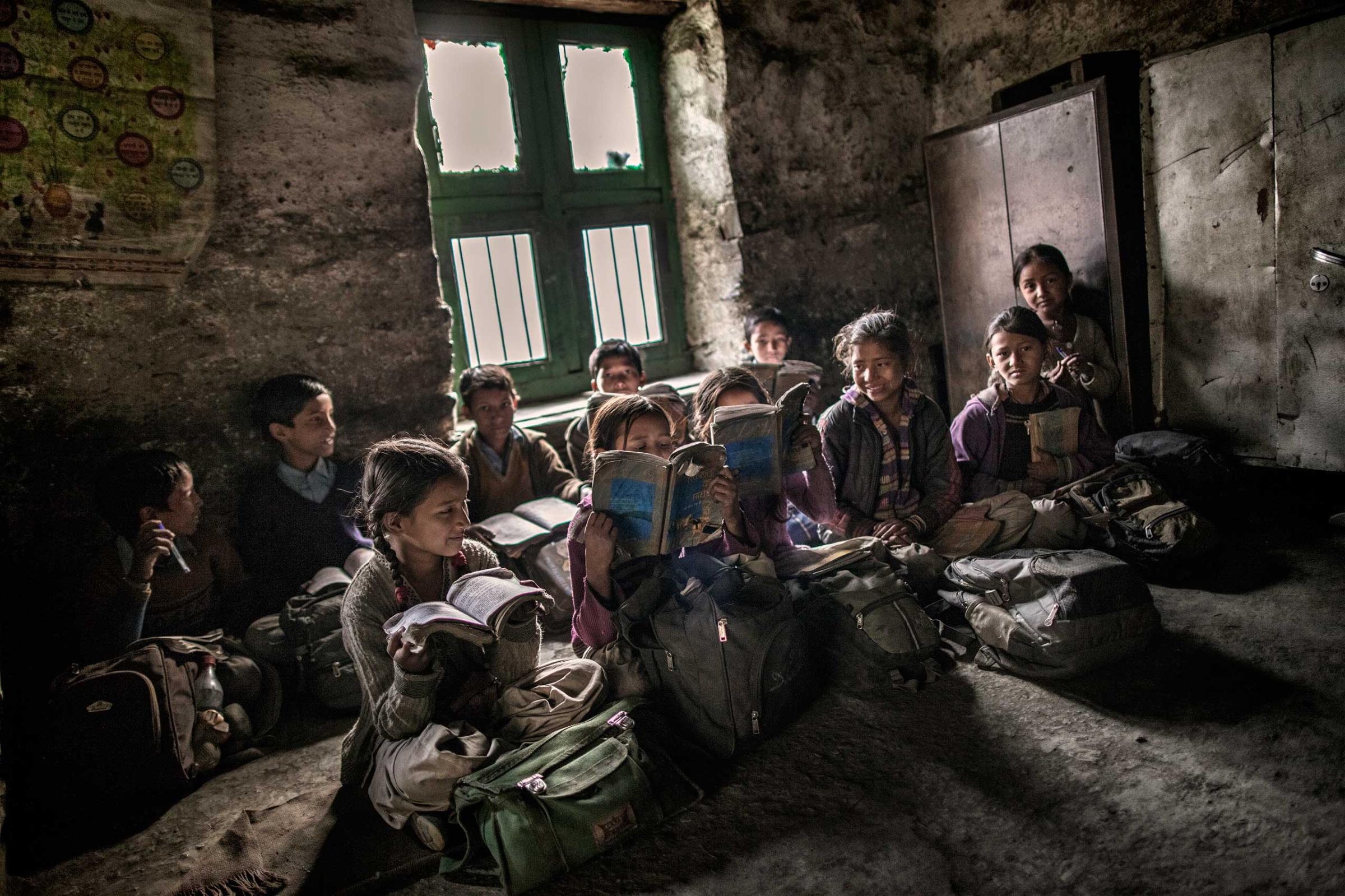



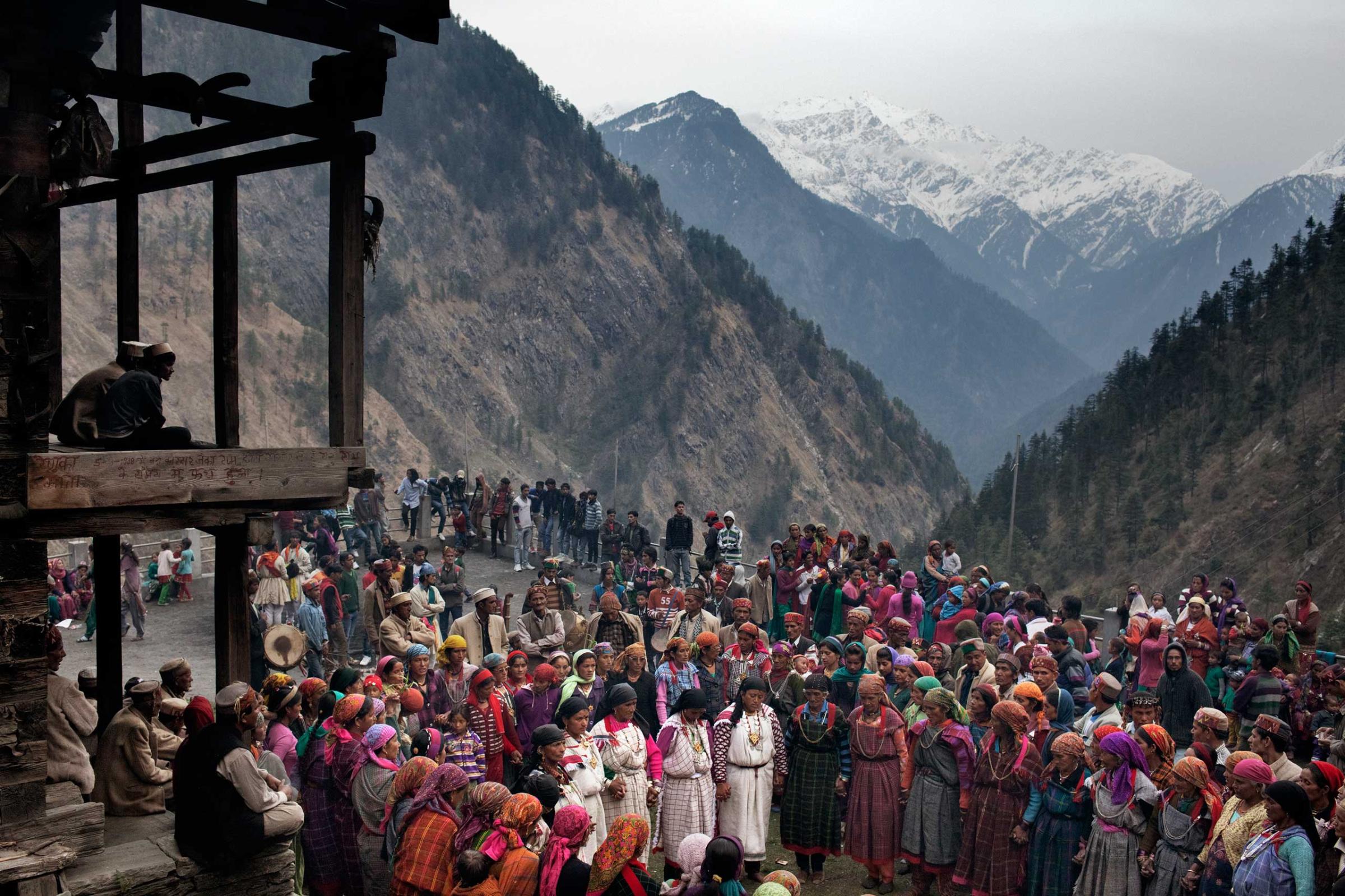
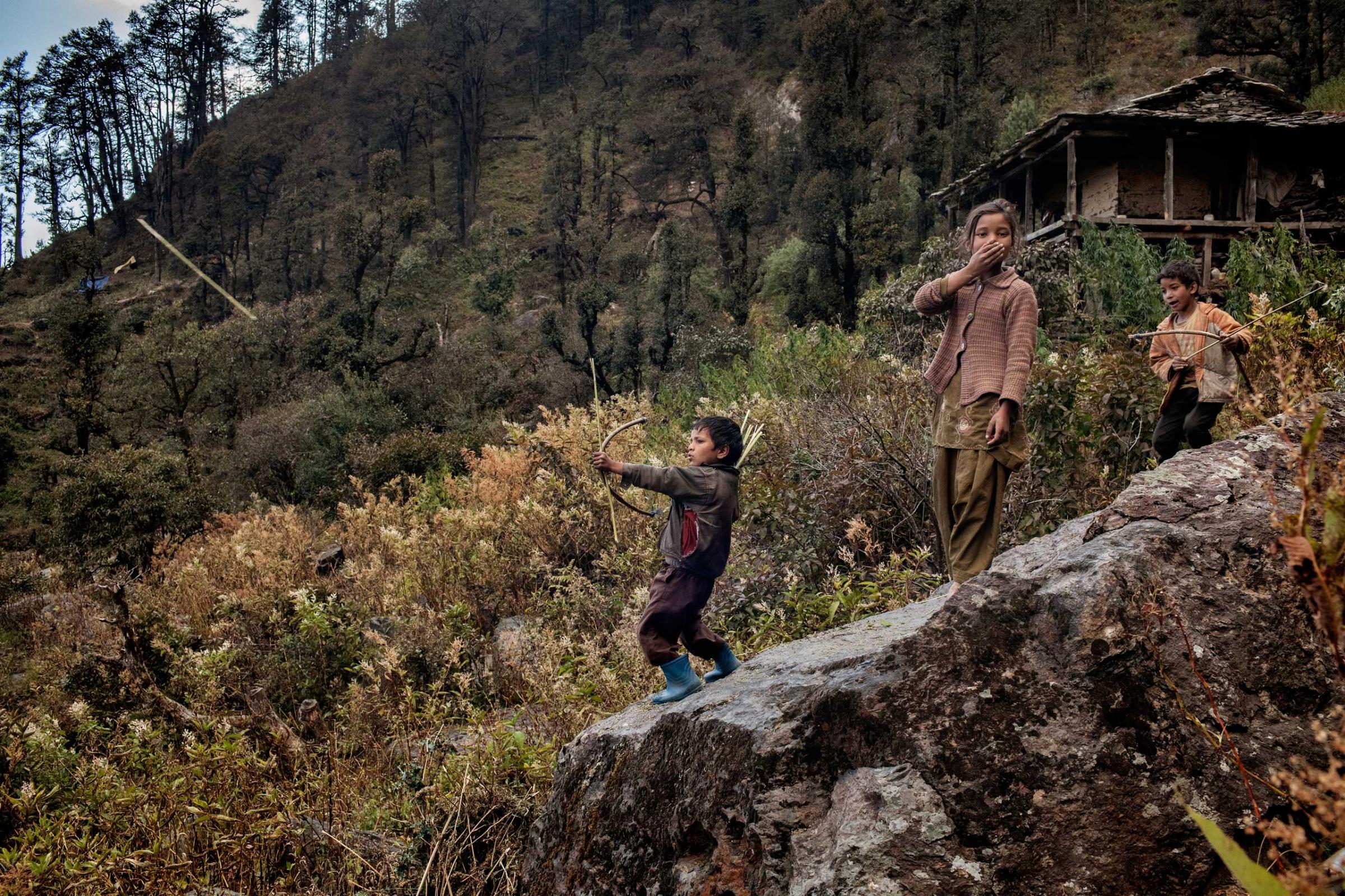
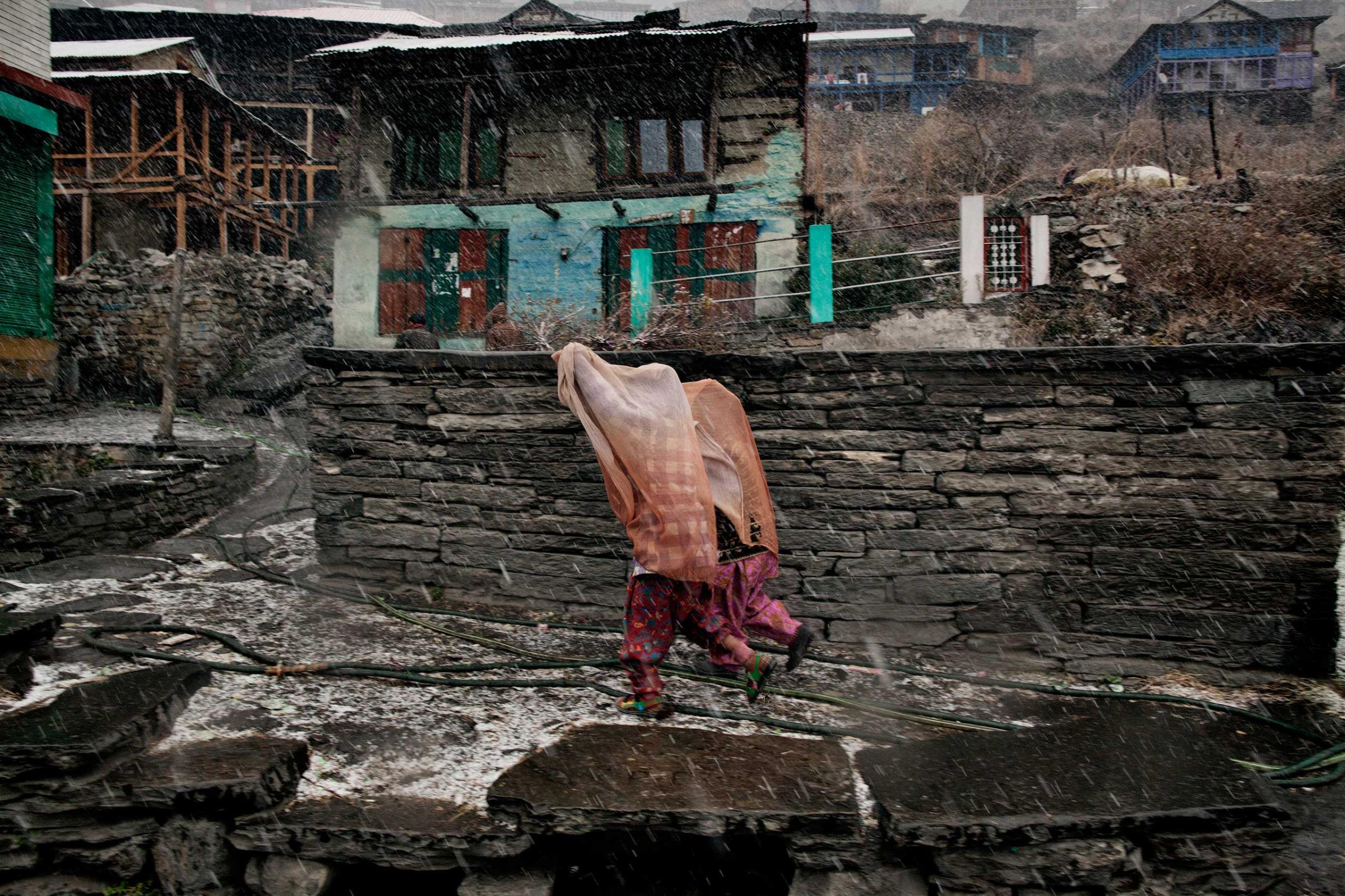

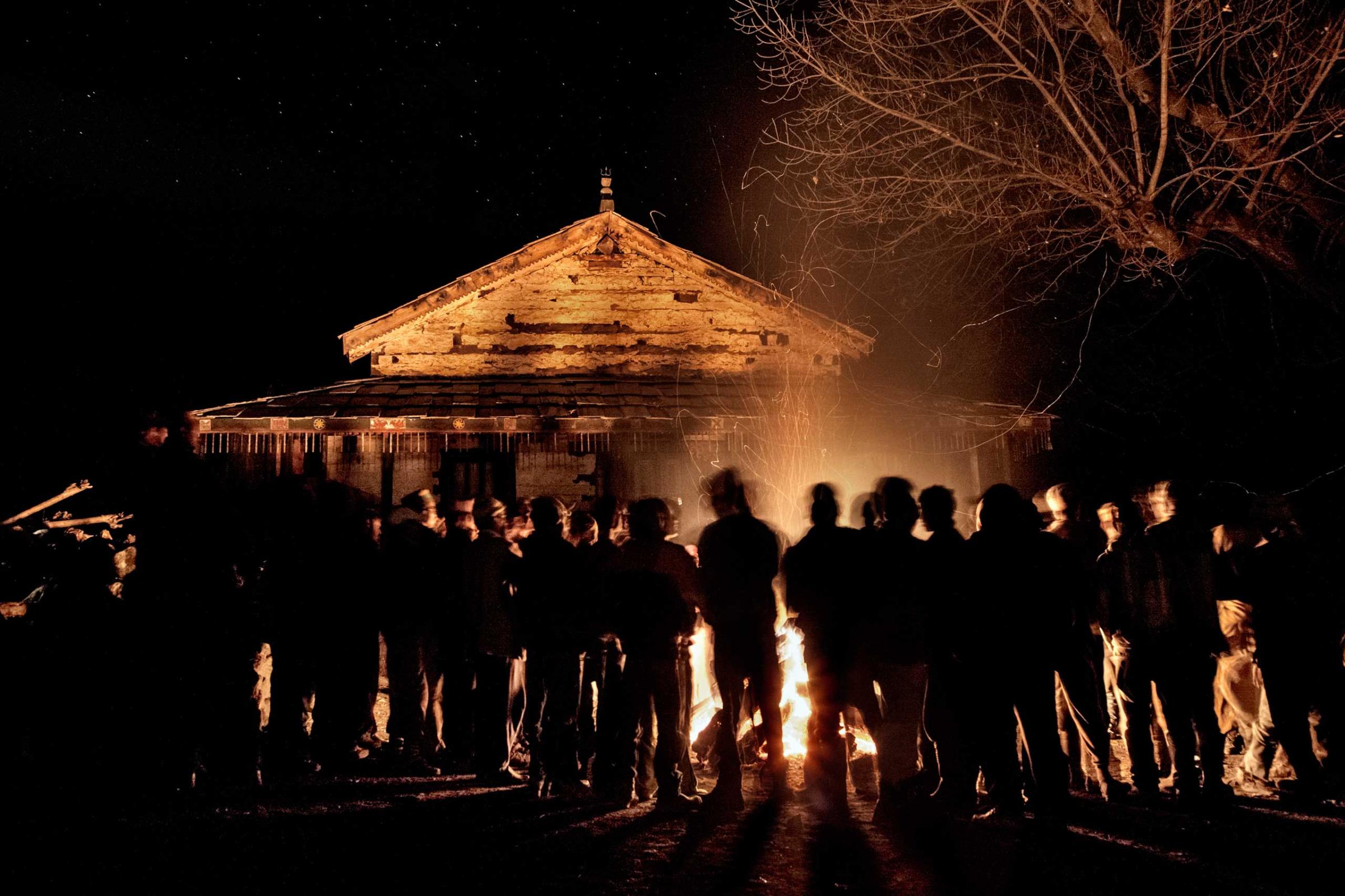
More Must-Reads from TIME
- Donald Trump Is TIME's 2024 Person of the Year
- Why We Chose Trump as Person of the Year
- Is Intermittent Fasting Good or Bad for You?
- The 100 Must-Read Books of 2024
- The 20 Best Christmas TV Episodes
- Column: If Optimism Feels Ridiculous Now, Try Hope
- The Future of Climate Action Is Trade Policy
- Merle Bombardieri Is Helping People Make the Baby Decision
Contact us at letters@time.com